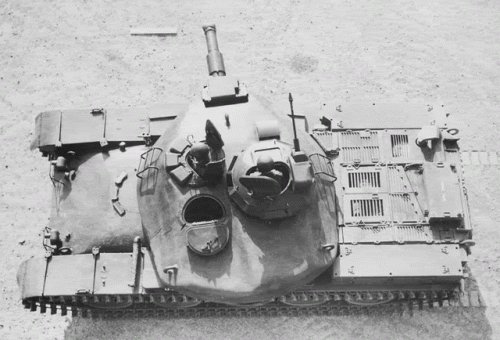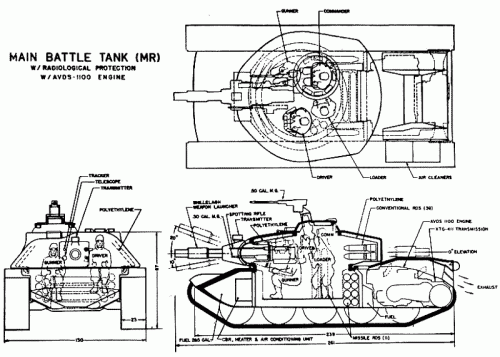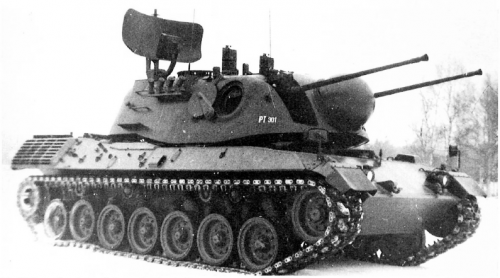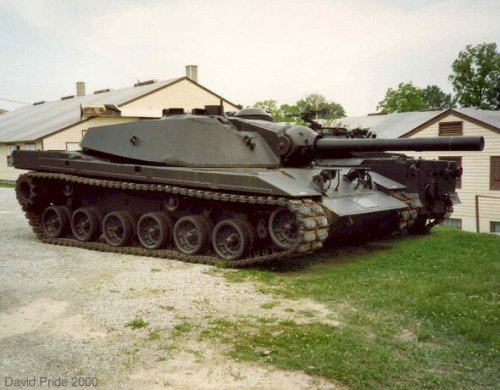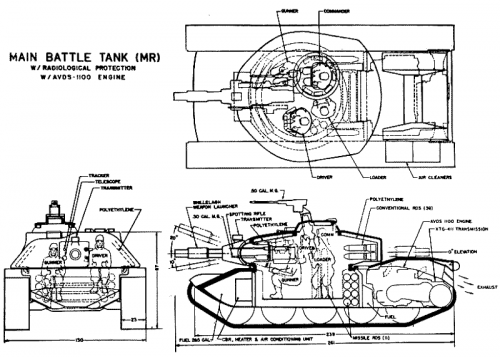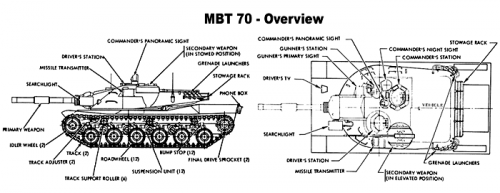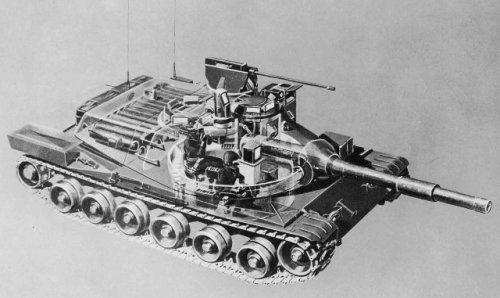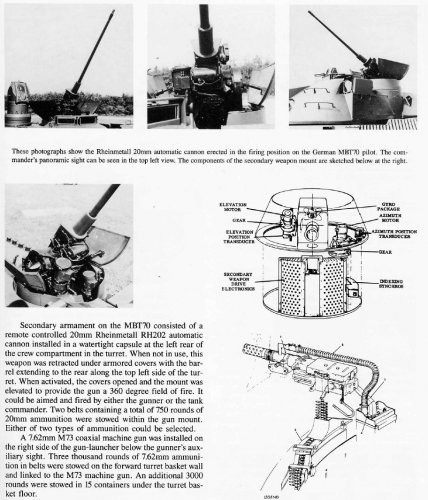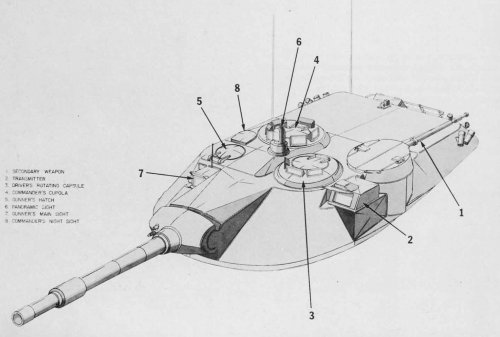- Joined
- 18 March 2008
- Messages
- 3,532
- Reaction score
- 722
Colonial-Marine said:I think he was talking about the 152mm gun/missile launcher and many of the features of the design. While technologies like gun launched missiles, laser rangefinders, hydropneumatic suspension, and etc. may seem reliable today, they were all cutting edge back then. Some of the other features seem plain foolish or overly complex from today's point of view, like putting the entire crew in the turret, or a remote control 20mm cannon that is stored in a hatch behind the driver's position when not in use.
If you are going to make such hindsight laden calls you could at least have your facts right. There was nothing ‘foolish’ in the MBT-70 design. It was developed and engineered by actual experts – rather than ignorance feed armchair commentators – who developed an extremely effective tank design for all the best reasons. The project was let down in the end by the Shillelagh missile guidance system which being central to its lethality was a single point of failure that could and did destroy the project. Since many other guided missiles were fielded in this time period as a concept it wasn’t flawed just badly executed.
The MBT-70 configuration of all crew in the turret was not determined by a whim it was a method that significantly reduce the height of the turret roof by allowing for a much lower hull because no driver was in it. Lower roof height reduced the amount of surface area exposed to the enemy; enabling for weight efficiencies in armouring. Height is also the prime driver in visual detection so it increased survivability. Sure the rotating driver pod was a compromise that made things difficult but it was like the S-Tank fixed gun something that could be lived with if you had to. Later versions of the MBT-70 dispensed with it and placed the driver in a very reclined position within the hull.
All of the other technology in the vehicle worked. Including the remotely controlled secondary gun which beared no similarity to the type of TV driven weapon stations we have today. Like thousands of other contemporary weapon stations this system used an offset periscope or sight controller (see the AH-56 thread).
Colonial-Marine said:I The spaced armor was certainly an improvement from the pure RH steel like on the M60. Yet it wasn't as much of a leap foward as new composite armors like the Chobham design the Abrams uses. The front armor wouldn't be nearly as capable as that of the original M1, not to mention a new M1A2 SEP. When it comes to the rest of the armor I can't be sure, but the Abrams probably had the advantage in side armor protection at least.
Ever heard of time? You know it’s that annoying thing that makes simplistic hindsight driven comments like this laughable. Since the original M1 (XM815) designs were prepared BEFORE Chobham type armour was available and AFTER the MBT70 project was abandoned how do you suggest that the MBT70 is somehow deficient in armour? Of course if the MBT70 entered production it could be upgraded with Chobham and DU armour as they became available.

